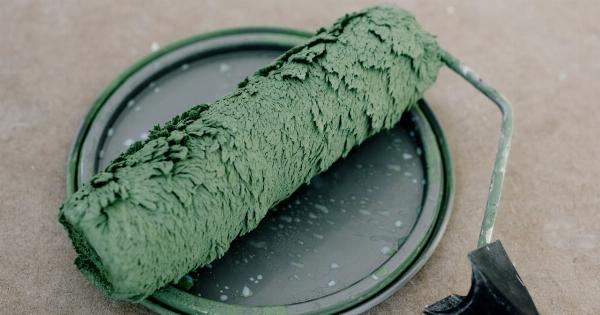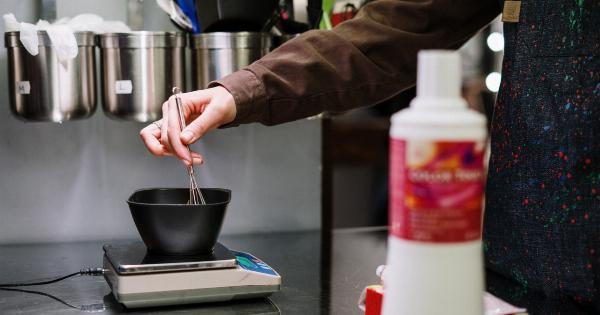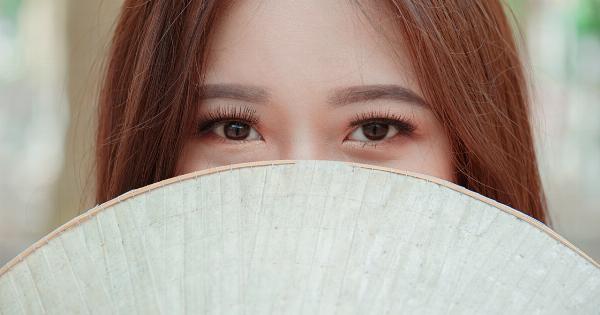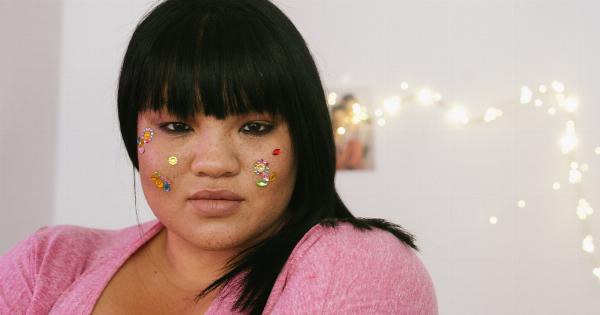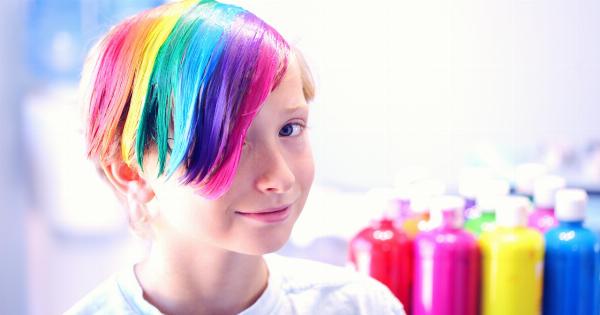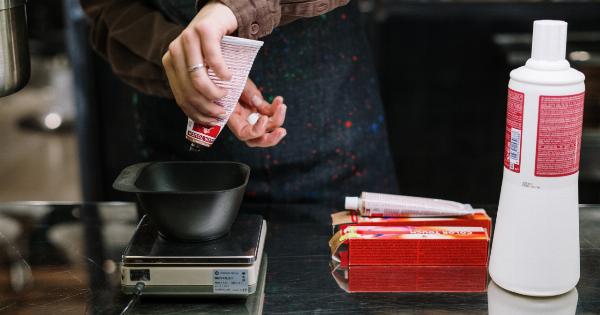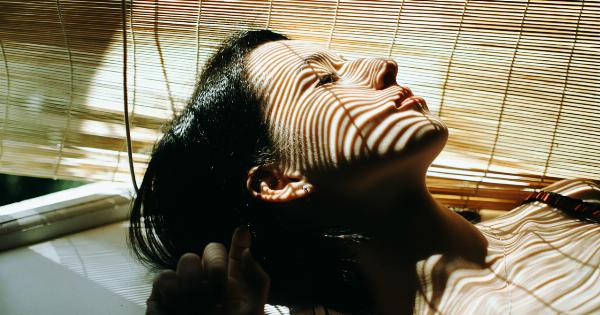Many people enjoy coloring their hair as a way to express their individuality or enhance their appearance. However, concerns have been raised about the safety of hair dyes and their potential link to cancer.
While studies have shown mixed results, it is essential to understand the potential risks and take necessary precautions when using hair dyes.
What are Hair Dyes?
Hair dyes are products used to change the natural color of hair. They contain chemical compounds that penetrate the hair shaft and alter its pigmentation.
These compounds include aromatic amines, coal tar, hydrogen peroxide, and lead acetate, among others.
The Link Between Hair Dyes and Cancer
The association between hair dyes and cancer has been a subject of scientific investigation for many years.
Some studies have suggested a potential link between certain types of hair dyes and an increased risk of cancer, particularly bladder cancer, breast cancer, and hematopoietic (blood-related) cancers.
One of the main concerns with hair dyes is the presence of aromatic amines, which are compounds that have been classified by the International Agency for Research on Cancer (IARC) as possible human carcinogens.
These compounds can be found in both permanent and semi-permanent hair dyes. Additionally, some studies have indicated a higher risk of cancer among hairdressers and individuals who are regularly exposed to hair dyes.
The Evidence: Studies and Findings
While researchers have conducted numerous studies on the potential link between hair dyes and cancer, the results have been inconclusive and conflicting.
Some studies have shown an increased risk of cancer associated with hair dye use, while others have not found a significant connection.
A large-scale study conducted by the National Cancer Institute (NCI) in the United States found no overall increased risk of most cancers among women who regularly used hair dyes compared to those who did not.
However, they did find a slightly elevated risk of bladder cancer among long-term users of permanent hair dyes, especially in women of darker races. Similar findings have been reported in other studies as well.
On the other hand, a study published in the International Journal of Cancer identified a potential link between hair dye use and the risk of developing breast cancer.
The study found that women who used permanent hair dyes every five to eight weeks had a higher risk of breast cancer compared to those who did not use hair dyes or used them less frequently.
It is important to note that some studies have limitations, such as relying on self-reported data, small sample sizes, or lack of long-term follow-up.
These factors make it difficult to draw definitive conclusions about the association between hair dyes and cancer.
Precautions and Safety Measures
While the evidence regarding the link between hair dyes and cancer is not conclusive, it is advisable to take precautions to minimize potential risks. Here are some safety measures to consider when using hair dyes:.
- Choose hair dyes that do not contain aromatic amines, coal tar, or other potentially harmful chemicals. Look for products labeled “ammonia-free” or “PPD-free” (para-phenylenediamine).
- Conduct a patch test before applying hair dye to your scalp to check for any adverse reactions or allergies.
- Avoid leaving hair dye on for extended periods. Follow the instructions provided and rinse thoroughly after the recommended development time.
- Ensure proper ventilation while dyeing your hair, especially in enclosed spaces like bathrooms or small rooms.
- Consider using natural alternatives, such as henna or vegetable-based dyes, which may have fewer chemicals and potential health risks.
- Consult with a professional hairstylist or colorist who can provide guidance on safe hair dyeing practices.
Conclusion
The association between hair dyes and cancer remains a topic of ongoing research and debate. While some studies suggest a potential link between certain hair dyes and cancer, the evidence is not conclusive.
It is essential to make informed choices and take necessary precautions when using hair dyes to minimize any potential risks. Consulting with a healthcare professional or hairstylist can provide further guidance on safe hair dyeing practices.


